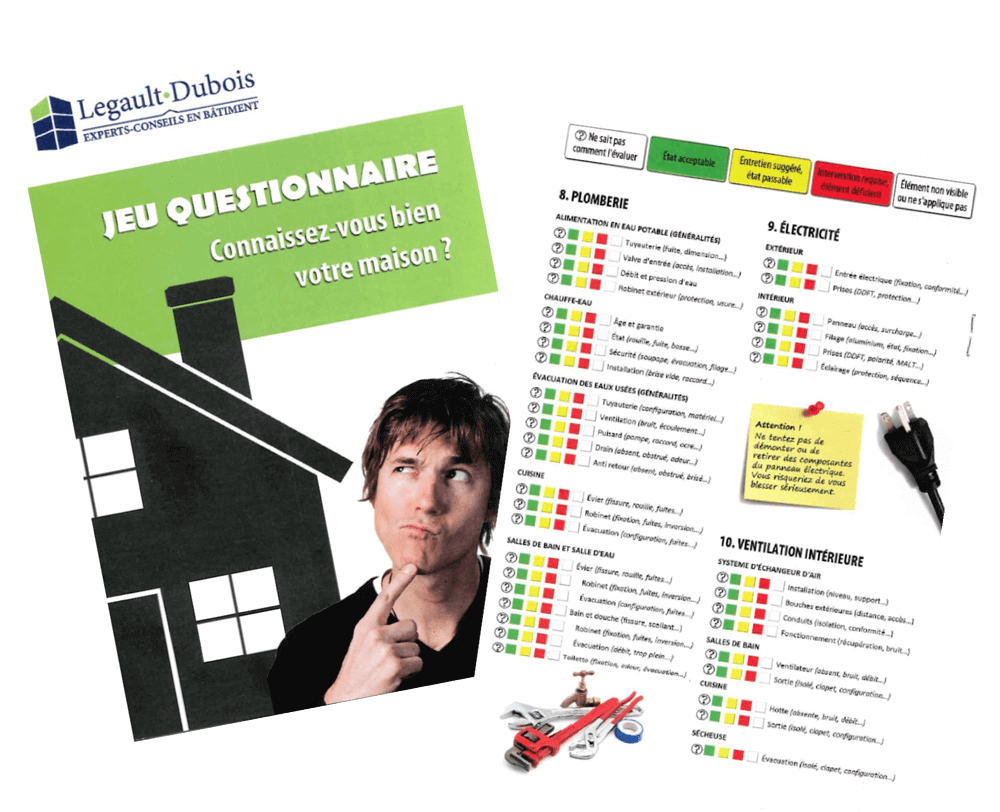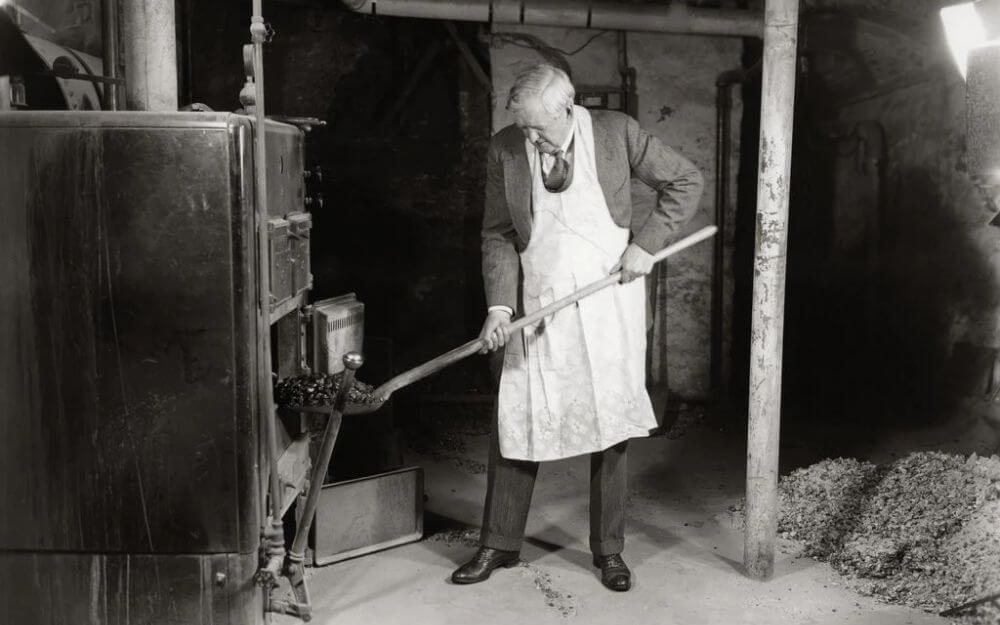In our previous column, we warned young shoppers about pitfalls they might encounter when buying…
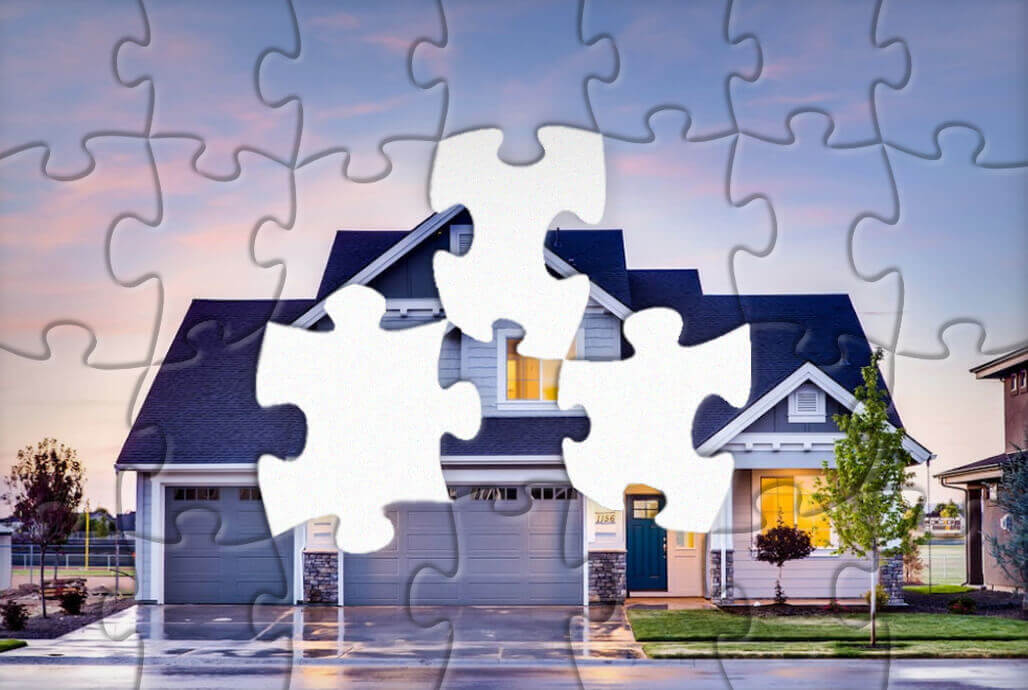
How well do you know your house? 3 situations to watch to avoid problems
To protect your house and avoid problems, you must first know what is going on. Knowing your house will allow you to better plan the renovation and maintenance work that will be needed in the long term. This will also help protect your interests and allow you to make the most of your investment when selling your property. So, the better you know your house, the more you protect your investment. In this column, we will present you three problems frequently met during our expertises and we will explain how to take care or it.
You need advices concerning a problem with your building?
Exchange with an expert for a fraction of the price of a visit
thanks to our online technical consulation service
1. The slopes of the yard direct the water towards the building.
The slope of the ground around a building has an important function of drainage of runoff water. A slope that directs water towards the foundation can promote excess moisture in the basement or even cause water infiltration. We recommend that you check each facade of your building and make sure that the slope is suitable. To do so, look closely at ground level and check if it is slightly inclined towards the outside of the building. You can also check after a heavy rain to locate water accumulation near the foundation. This will give you a good idea of problem areas. As a general rule, the entire yard should have a slope of at least 2% (2 cm of slope over 1 m long (3ft)) preferably made with non-sandy topsoil, in the opposite direction of the foundation. Also, it is advisable to plan a greater slope near the building of 10% over a distance of 2 m (6 ft) from the foundation. However, it is very important to ensure that this raised slope near the foundation still allows a minimum clearance of 200 mm (8 inches) between the ground and the base of the wall to protect the wall structure and the siding sensitive to water.

2. Presence of mold in the attic
The presence of mold in the attic can be caused by water infiltration or the formation of condensation. Regardless of its cause, the presence of mold in a building poses a health risk to the occupants and the elements affected by it must be decontaminated. To ensure that your attic remains healthy, it is recommended to visually check this area about once a year. To do so, simply open the access door and search for any unusual situation that could suggest a problem, such as the presence of black marks on the wood or frost on the nails if you go during winter (click here to see our article on the inspection of an attic). If you see mold, affected surfaces must be decontaminated following a recognized protocol. On the other hand, remember that it is also important to fix the cause of the proliferation to avoid mold from growing again in the future. In doubt, or if the situation is a cause of concern, call one of our attic specialists who will be able to determine the causes of the problem and guide you to the appropriate work to correct the situation.
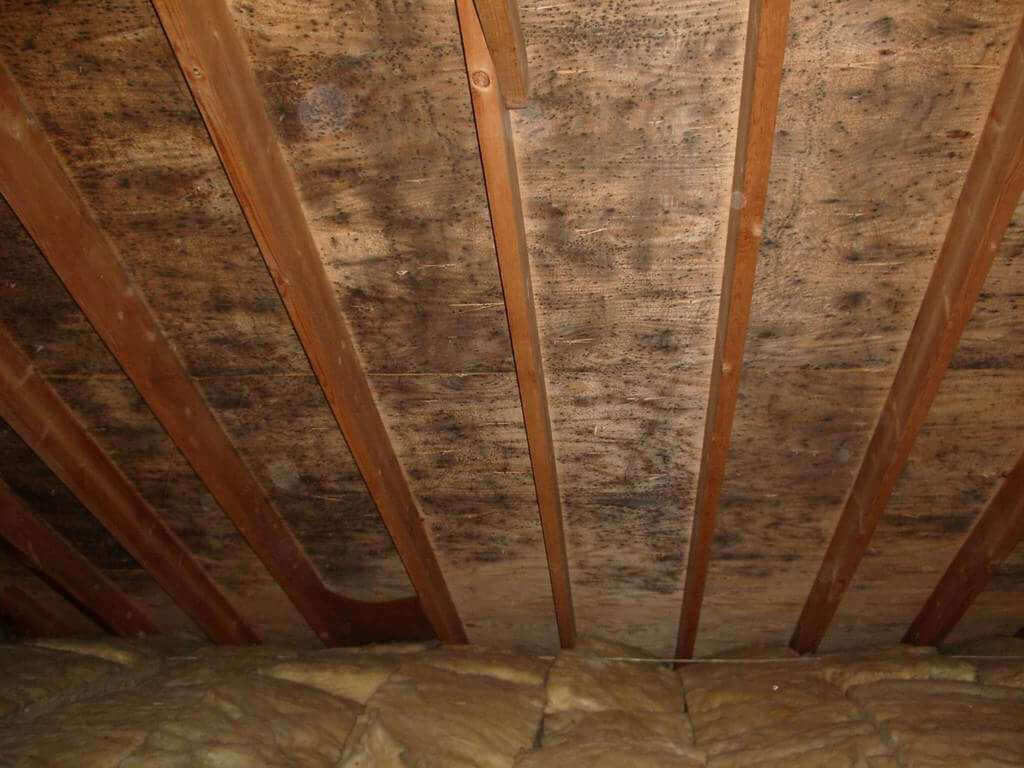
3. Inadequate watertightness over doors and windows.
In exterior walls, it is important that water that enters behind the siding is directed towards the outside of the building. This redirection is provided by materials called flashing and drip. When these elements are not properly installed or if sealants are positioned to prevent proper water drainage, this can lead to the deterioration of materials or water infiltration into the building. It is a good idea to inspect your doors and windows occasionally to ensure that these elements around the openings are in good condition and that there is no evidence of water leaks or deterioration near them. If signs of water seepage are visible or if the situation seems unusual, contact one of our experts to determine the extent of the situation and know the proper procedure to follow to fix the situation before it gets worst.
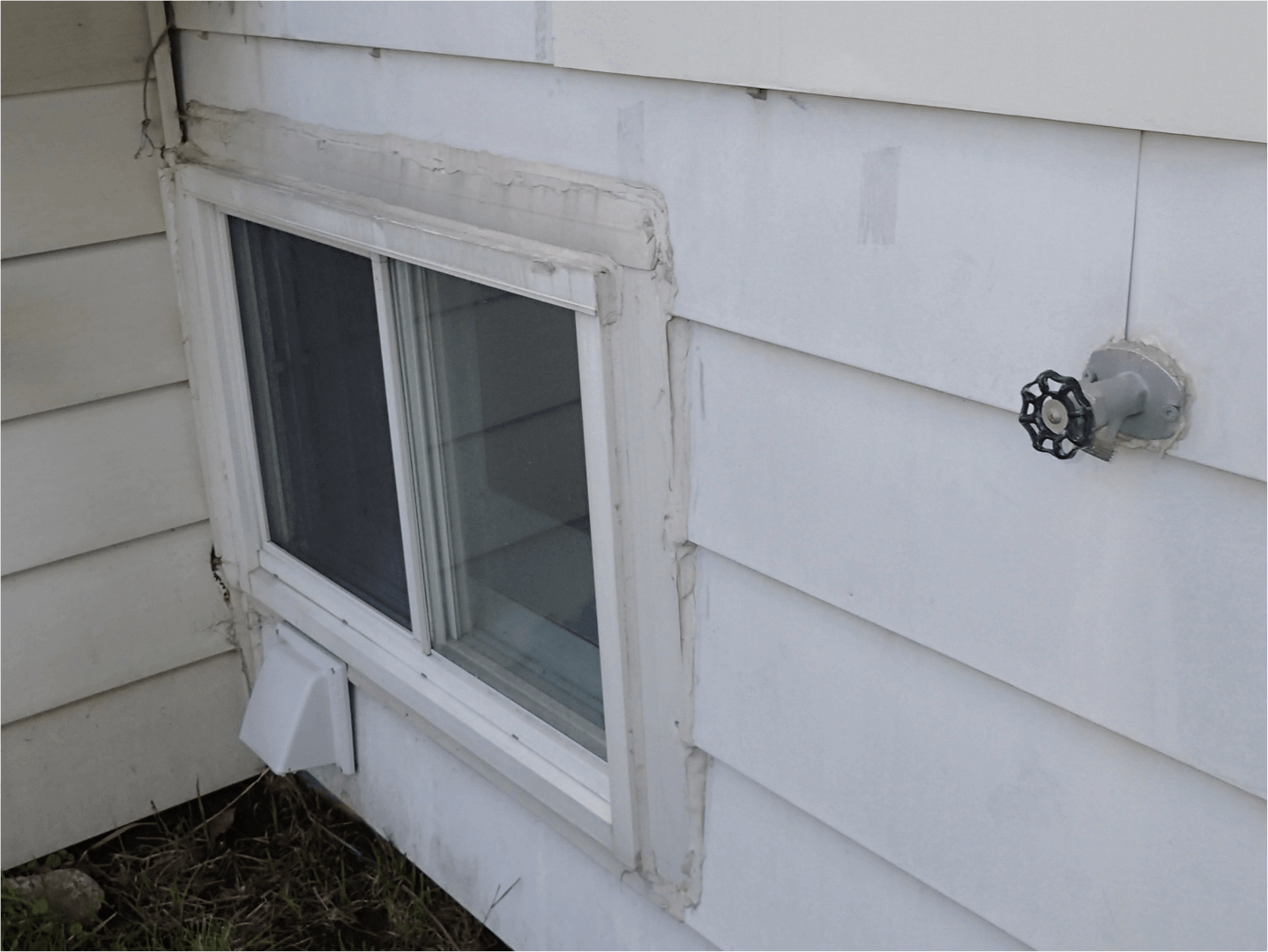
These items are just a few examples of all the checkpoints in a building inspector grid. To assess the level of knowledge you have about your home, we invite you to play our little quiz (available in french only) by filling the form below. We will then send you the game booklet and instructions to play and you will quickly discover if you master all the secrets of your home! Remember that the earlier a problem is detected, the easier it is to control. This is why it’s recommended to make a brief visual inspection of your building every year.
